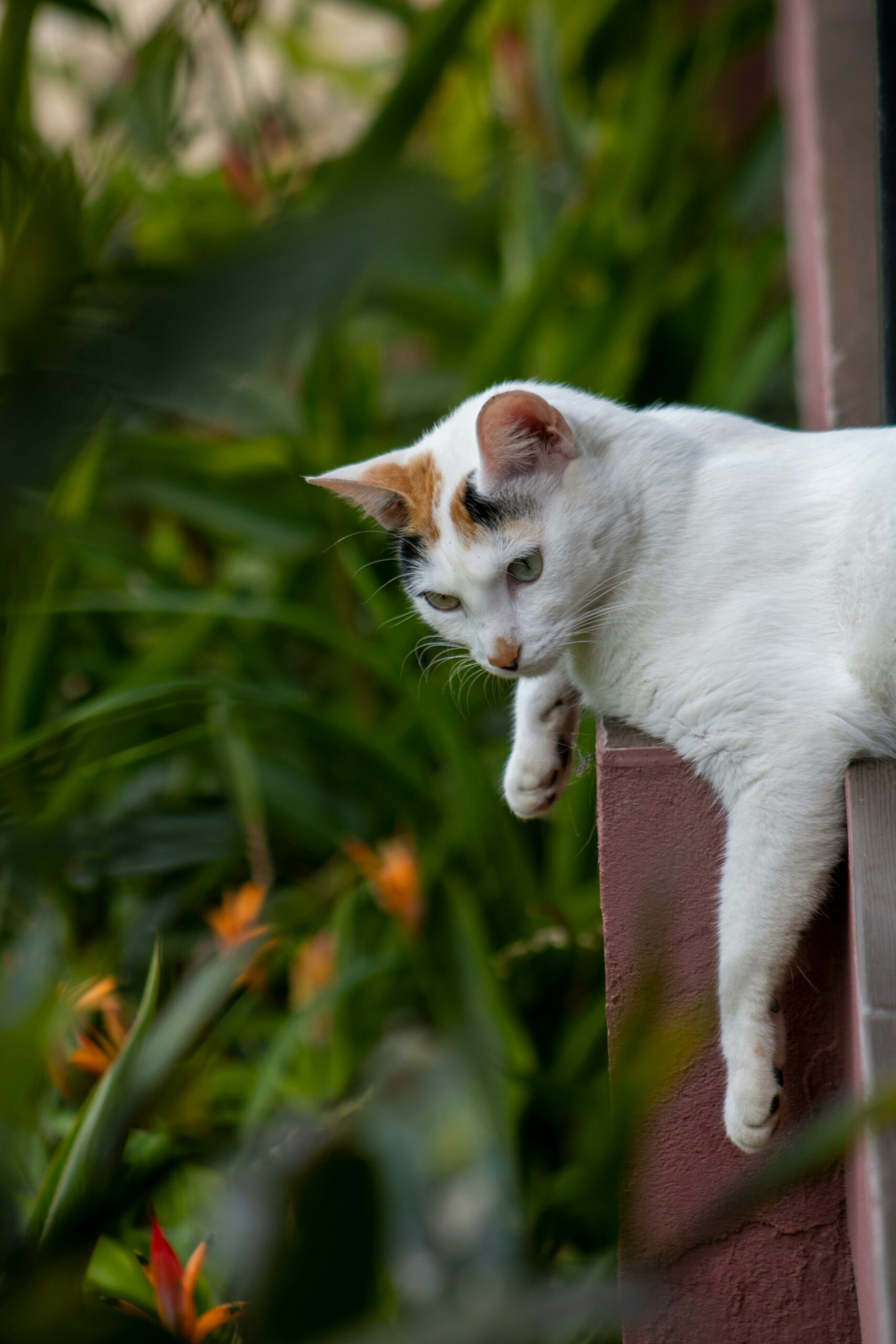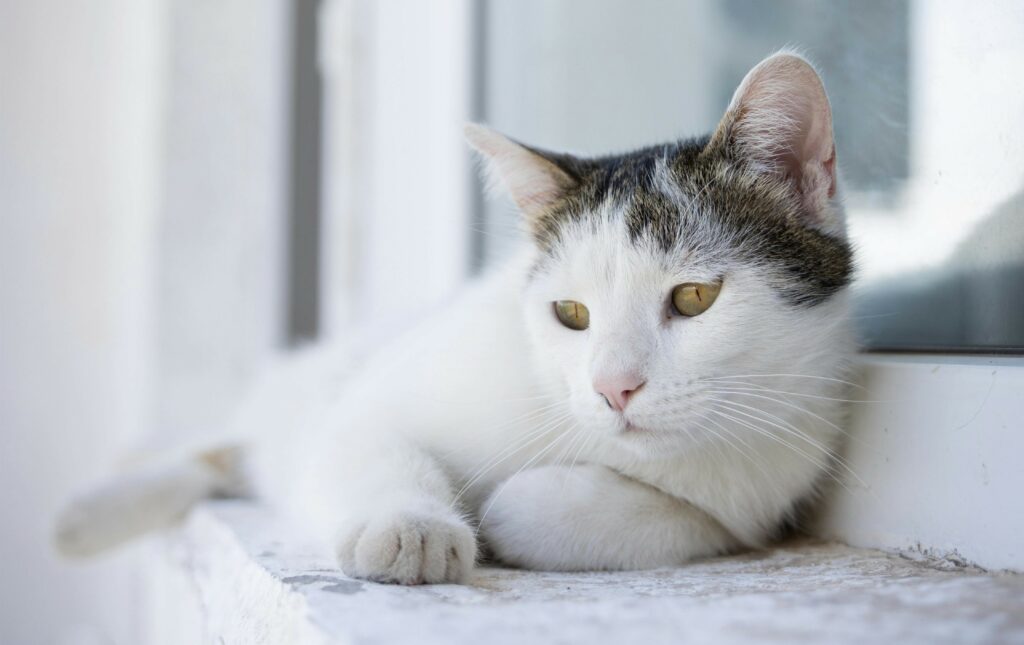
Cats have a mysterious charm, and one of their most consistent quirks is their love for height. Whether you live in an HDB flat or a multi-level home, you’ve probably caught your feline perched on a ledge, shelf, or even the top of a refrigerator. Understanding why your cat loves high places not only helps you design a safer environment but also deepens your bond with your pet. This behavior is more than just a playful habit — it’s instinctual, evolutionary, and deeply embedded in their psychology.
The Instinctual Reason Behind It
Cats are both predators and prey in the wild, and their survival often depends on strategic positioning. Being in a high place gives them a better vantage point to observe their surroundings, detect threats, and locate potential prey. This instinct persists even in domestic settings.
In the wild, large cats like leopards and cougars often seek elevation to hide from danger or plan ambushes. Similarly, your house cat feels safer and more in control when perched above ground level. That’s why your cat might spend hours atop bookshelves or eyeing you from atop the wardrobe. It’s not just about fun — it’s deeply linked to survival instincts.
Why Cats Love HDB Ledges and Narrow Perches
In densely built environments like Singapore’s HDB flats, many cats instinctively gravitate to window ledges, balcony rails, or the tops of doorframes. These narrow, high spaces may seem precarious to us, but to a cat, they provide three key benefits:
A commanding view: Cats enjoy monitoring their entire territory, and an HDB ledge gives them just that.
Escape from disturbances: Whether it’s visitors or a vacuum cleaner, cats feel more secure when they can retreat to a safe height.
Cool air and sunlight: Ledges near windows offer sunbathing spots or breezier air, especially in tropical climates.
That said, it’s important to note that these spots can also be dangerous. Pet owners should consider cat-proofing windows and balconies with mesh grilles or Catio setups to allow safe access to these cherished high places.
Vertical Territory: Understanding Feline Space Needs
Unlike dogs, cats are vertical territory dwellers. This means they often consider height as part of their domain. A multi-cat household, for instance, benefits greatly from vertical space — it reduces territorial conflict by letting cats claim different levels rather than competing horizontally.
Installing cat trees, climbing shelves, or high hammocks caters to this vertical preference. In smaller HDB flats, making good use of wall space can improve a cat’s sense of freedom and control without taking up floor space.
The Psychological Comfort of Height
Being in high places doesn’t just help your cat feel physically secure — it also offers emotional comfort. Cats in elevated areas tend to feel:
Less anxious, especially in busy households.
More confident, as they’re not easily approached or surprised from above.
More in control, which is important for stress-prone or timid cats.
This is particularly true for rescue cats or those with a history of trauma. Giving them access to high places helps them adjust more comfortably to their surroundings.
How to Safely Support Your Cat’s Love of High Places
While the cat high places behavior is natural and beneficial, it can become dangerous without appropriate measures. Here are some practical tips for safety:
Install stable shelves or cat trees anchored securely to walls.
Add non-slip surfaces to high ledges or furniture tops.
Block off access to risky places like exposed air-conditioner units or open windows.
Use wall-mounted cat furniture to allow controlled elevation.
Monitor elderly or disabled cats whose balance or mobility might be compromised.
It’s all about striking the right balance — encouraging instinctual behavior without compromising your cat’s safety.
Do All Cats Love High Places?
Most cats do, but with some variation depending on personality, age, and breed. For example:
Oriental breeds like Siamese and Abyssinians are naturally agile and adventurous, often seeking the highest point in a room.
Older cats may prefer lower perches due to arthritis or joint issues.
Shy or submissive cats are more likely to rely on elevation for comfort.
If your cat doesn’t seem drawn to high spaces, there’s no need to worry — it may simply prefer cozy ground-level spots or enclosed hideaways.
Addressing Height-Related Behavior Issues
While your cat’s love of high places is usually harmless, some related behaviors may need addressing:
Knocking items off shelves can be an issue if climbing spots aren’t clearly designated.
Accessing unsafe zones, like gas stoves or open balconies, needs intervention.
Excessive hiding in high areas could indicate stress or illness.
The solution is usually to create dedicated climbing zones and discourage access to unsafe areas using double-sided tape, scent deterrents, or barrier placements.

Conclusion
Your cat’s attraction to high places is a window into its evolutionary history, survival instincts, and emotional landscape. From a ledge in an HDB flat to a cat tree in your living room, elevation gives your cat a sense of control, comfort, and security. By providing safe access to vertical spaces and understanding the underlying needs behind this behavior, you’re not just protecting your cat — you’re also enriching its life.
Supporting your cat’s love for high places doesn’t require a massive home or expensive renovations. With a few thoughtful adjustments and safety measures, even a compact flat can be transformed into a feline paradise.






























